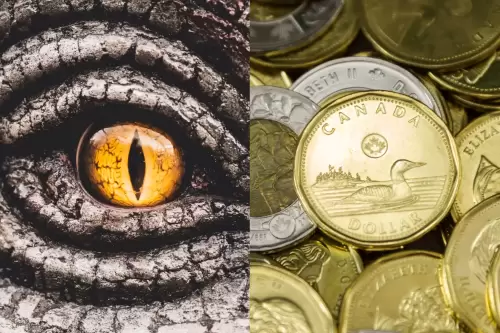The AP reports that the United States Mint has placed its final order for penny blanks, marking what appears to be the end of the road for America's one-cent coin.
The AP reports that the U.S. Mint has placed its final order for penny blanks, which appears to mark the end of the road for America’s one-cent coin.
The order will carry the Mint through the end of 2025. Producing a small number of one-cent coins for circulation in 2026 would be impractical, as speculators and collectors would likely begin to bid up the price of the coins.
The cent was one of two copper coins the Mint issued upon its founding. The other, the half cent, was discontinued in 1857 because it was no longer practical. That same year, the size and composition of the cent was changed to lower production costs. While the copper-plated zinc used for today’s penny is not the same composition used to strike the 1857 Flying Eagle Cent, that coin, and the pattern version issued the year before were the first of the so-called “Small Cent” types, of which the 2025 Lincoln Shield Cents will be the last.
More than $1 billion worth of cents remain in circulation, and to date, neither the Treasury Department nor Congress has mentioned demonetizing the coin. Members of the public should continue to see the coin in use after the Mint suspends production, but we do not expect that the coin will stick around for long, as the feedback loop will be broken, and retailers will find it increasingly difficult to stock it. Likewise, banks will likely decide to accept the denomination at some point no longer.
The Trump Administration thinks so. However, agitation to end penny production is nothing new. Several members of Congress have lobbied to kill the penny, citing its increased cost and diminished spending power.
According to the U.S. Mint’s 2024 annual report, it costs 3.69 cents to produce a single penny, which has risen by 20% from the previous year due to increasing prices of zinc and copper. With approximately 3.2 billion pennies minted in 2024 alone, the Mint incurred losses exceeding $85 million on penny production. However, this figure includes hard costs spread out across all coin denominations. As the cent accounts for 40% of the Mint’s total production, eliminating this coin will not eliminate all these costs. The Mint shifting these costs to other circulating coins will make their production more costly. Shifting costs to the five-cent nickel will make that denomination even more expensive to produce. The Mint loses more money making nickels than cents on a per-coin basis. With no one-cent coin, the merchants will require the Mint to strike more five-cent coins.
Disclaimer:info@kdj.com
The information provided is not trading advice. kdj.com does not assume any responsibility for any investments made based on the information provided in this article. Cryptocurrencies are highly volatile and it is highly recommended that you invest with caution after thorough research!
If you believe that the content used on this website infringes your copyright, please contact us immediately (info@kdj.com) and we will delete it promptly.



















































































